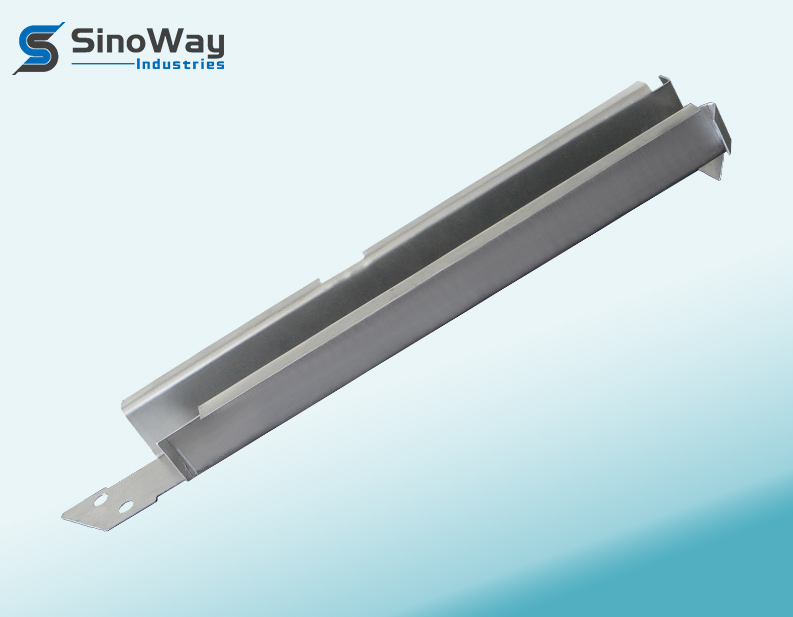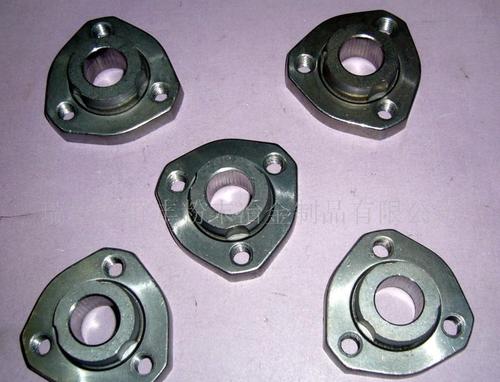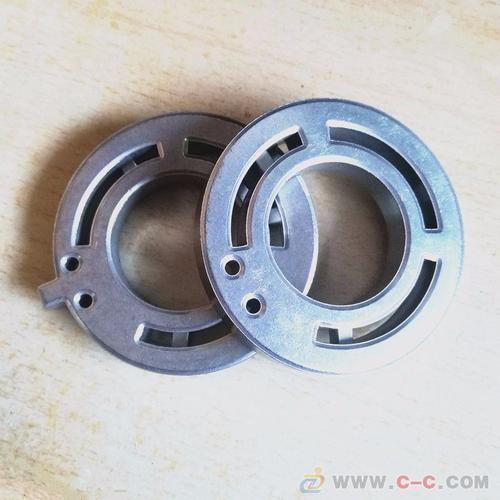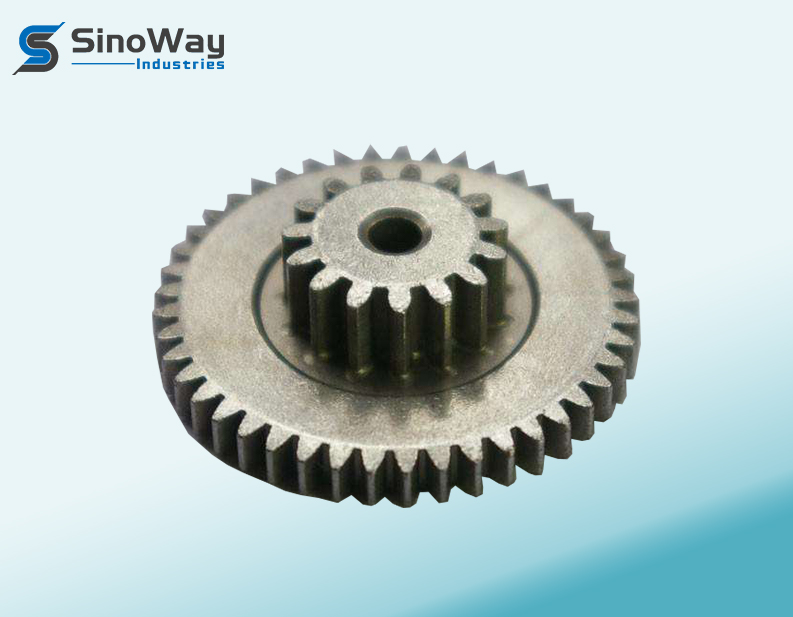In the manufacturing world, deep drawing is a vital process for creating durable, high-strength parts that are essential in industries such as automotive, aerospace, electronics, and heavy machinery. The deep drawing process enables manufacturers to transform flat sheets of metal into complex, three-dimensional shapes with high precision and strength. Whether you need automotive body panels, electronic enclosures, or pressure vessels, deep drawing is often the go-to method for producing these high-performance components.
At Sinoway, a leading sheet metal manufacturer, we specialize in delivering high-quality, high-strength parts through advanced deep drawing techniques. With our extensive experience and state-of-the-art technology, we produce components that meet the toughest standards for durability, reliability, and performance. In this article, we’ll explore the deep drawing process and how Sinoway helps create robust components that stand up to the challenges of heavy-duty applications.
What Is Deep Drawing?
Deep drawing is a metal forming process in which a flat metal sheet (called a blank) is drawn into a die cavity by a punch. The sheet is placed over a die, and the punch presses it into the die to form a part with depth, typically creating a cup-shaped or cylindrical part. The process involves multiple stages of deformation, with the material being stretched, compressed, and reshaped until the final component is formed.
Unlike shallow drawing (which produces only shallow, curved shapes), deep drawing is used to create parts with significant depth, such as metal enclosures, automotive fuel tanks, cookware, and aerospace components. The deep drawing process allows for high precision, excellent surface finish, and the ability to work with a wide range of materials, including steel, stainless steel, aluminum, and copper alloys.
Why Deep Drawing Is Ideal for High-Strength Parts
Deep drawing is particularly suited for producing high-strength parts for demanding applications. Here’s why it’s an excellent choice for creating durable, reliable components:
1. Material Strength Enhancement
One of the key advantages of deep drawing is that it can improve the strength of the material. As the metal is drawn into the die, it undergoes plastic deformation, which can result in work hardening of the material. This process increases the tensile strength and hardness of the material, making the final component more resistant to wear, impact, and environmental stresses.
For example, in automotive applications, where parts like engine components and structural panels need to withstand high levels of stress, deep drawing ensures that the parts are strong enough to meet performance standards. Similarly, in the aerospace industry, deep-drawn parts are critical for applications where strength-to-weight ratios are paramount.
2. Design Flexibility for Complex Shapes
Deep drawing allows for the production of complex shapes that are difficult or impossible to achieve using other manufacturing methods. The process enables the creation of deep, intricate parts with precise geometries, such as conical, spherical, or dome-shaped components, which are commonly used in industries like automotive and aerospace.
For Sinoway, this flexibility translates into the ability to handle a wide range of projects, from custom-designed parts to mass production of standardized components. Our team works closely with clients to ensure that their design requirements are met, regardless of part complexity.

3. Reduced Material Waste
Because deep drawing involves a process where the material is reshaped, rather than removed, it produces less waste compared to other methods like machining or casting. In traditional manufacturing, a lot of the raw material is cut away to form the final part, leading to material waste. However, in deep drawing, the metal is stretched and formed, reducing the amount of unused material.
This not only makes deep drawing an economically efficient choice but also contributes to sustainability, as it minimizes waste and reduces material costs. For manufacturers focused on environmental responsibility, deep drawing is an excellent option for producing high-strength parts with minimal material loss.
4. Consistency and Precision
Deep drawing is known for its high precision and repeatability. The process allows for the production of parts with tight tolerances, making it ideal for industries that require exact specifications. For example, electronic enclosures must meet strict dimensional tolerances to ensure proper fit and function, while automotive parts require consistency to ensure safety and performance.
Sinoway uses advanced deep drawing equipment, including CNC-controlled presses and automated systems, to ensure that each part is made to the exact specifications required by our clients. Our process ensures consistent quality from the first part to the last, whether you need a small batch or a high-volume production run.
5. Superior Surface Finish
Parts made through the deep drawing process often have a smooth, high-quality surface finish that requires minimal additional processing. This is particularly important for applications where appearance is as critical as functionality, such as in consumer electronics or decorative components.
Additionally, deep-drawn parts often require less post-processing, such as machining or polishing, reducing production time and cost. Sinoway provides custom finishing options to ensure that the surface quality of your deep-drawn parts meets your exact requirements.
Key Considerations for Deep Drawing High-Strength Parts
While deep drawing offers numerous benefits, producing high-strength parts through this process does come with some considerations that must be carefully managed:
1. Material Selection
The choice of material plays a critical role in the deep drawing process. Not all materials are suitable for deep drawing, and the material’s formability affects how easily it can be drawn into shape without tearing or cracking. Materials such as high-strength steel and stainless steel are commonly used for deep drawing due to their excellent formability and high strength.
At Sinoway, we work with a variety of materials and ensure that the right one is selected based on the part’s intended application and performance requirements. Whether you need stainless steel for corrosion resistance or carbon steel for its strength and affordability, we can guide you through the material selection process.
2. Tooling and Die Design
The design of the die and tooling is crucial for producing high-quality, high-strength parts. The die must be carefully engineered to ensure that the metal is drawn evenly without causing defects such as wrinkling, tearing, or non-uniform thickness.
Sinoway has an in-house team of engineers and toolmakers who work closely with clients to design and manufacture custom dies tailored to each project. Our state-of-the-art CAD and CAM tools ensure that die designs are optimized for high-precision and efficiency.
3. Forming Limitations
While deep drawing is highly versatile, there are certain limitations regarding the depth-to-diameter ratio of the part. For extremely deep parts, the metal may experience excessive thinning, which can cause cracking or failure during the drawing process.
At Sinoway, we utilize advanced techniques such as multi-stage drawing and annealing to control material thinning and reduce the risk of defects. Our team ensures that the deep drawing process is tailored to meet the specific requirements of your part.
Why Choose Sinoway for Deep Drawing High-Strength Parts?
At Sinoway, we are committed to providing high-quality deep drawing services that meet the exacting standards of industries requiring durable, high-performance parts. Here’s why we stand out as a trusted partner for deep-drawing solutions:
- Advanced Equipment: We use the latest CNC-controlled presses and automated systems for precision deep drawing of high-strength parts.
- Expert Engineers: Our in-house team of engineers ensures that every design is optimized for manufacturability and strength, while our toolmakers produce custom dies tailored to your specifications.
- Custom Solutions: Whether you need a one-off prototype or a high-volume production run, Sinoway offers flexible solutions to meet your needs.
- Commitment to Quality: We uphold the highest quality standards, ensuring that every part is produced to exact tolerances with excellent surface finish and minimal waste.
Conclusion
Deep drawing is an essential process for manufacturing high-strength, durable parts that meet the rigorous demands of industries such as automotive, aerospace, electronics, and heavy machinery. By leveraging the advantages of deep drawing, manufacturers can produce components that are both strong and cost-effective, with minimal material waste and excellent precision.
At Sinoway, we specialize in delivering top-quality deep-drawn parts that provide the strength, reliability, and performance your projects demand. From material selection and die design to precision manufacturing, we offer comprehensive deep drawing services that ensure your parts meet the highest standards of quality and durability.
Contact Sinoway today to learn more about our deep drawing capabilities and how we can help you produce high-strength, high-performance components for your next project.





